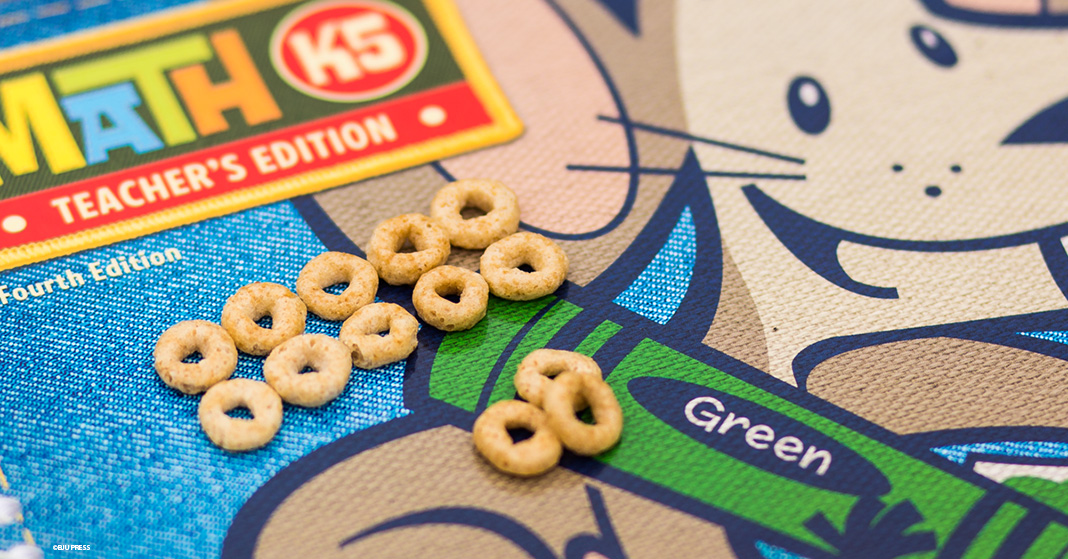
In my last post—One Thing Your Kids Need to Know to Excel at Math—I talked about how important it is for kids to master the concept of base ten at an early age (typically in kindergarten). Now it’s time to take those ideas and use them to break down numbers into groups of ones and tens to be ready for problem solving.
Let’s take apart the number 13. Thirteen contains one group of ten and three ones. It can be helpful for kids to visualize this and manipulate the different groups of objects with their hands to gain real understanding.
To make this easier, I’d like to share a tool from our Math K5 curriculum called a ten frame, which is just a simple way to explore a not-so-simple concept. You can use items you have around the house as counters to fill the boxes in the frame. Pennies, dry beans, and cereal (yummy!) work well for this. Counters are grouped into tens and ones to visualize two-digit numbers.
Download your printable ten frame here.
Activity
Start with two ten frames. (Download yours here.) Fill one ten frame with counters. Have your children begin counting starting with 10. Have them circle the filled ten frame with a finger as they say “10” out loud. As they say each additional number (11, 12, 13), have them place one counter in a section on the second ten frame.
Finish with questions like these:
- How many more than 10 is the number 13?
- How many more counters do we need to make 14?
- How many groups of 10 do you have?
- How many ones?
You can repeat this activity with several ten frames to make even larger numbers.
I hope you find this activity helpful. It and many others are included in our Math K5 Teacher’s Edition.